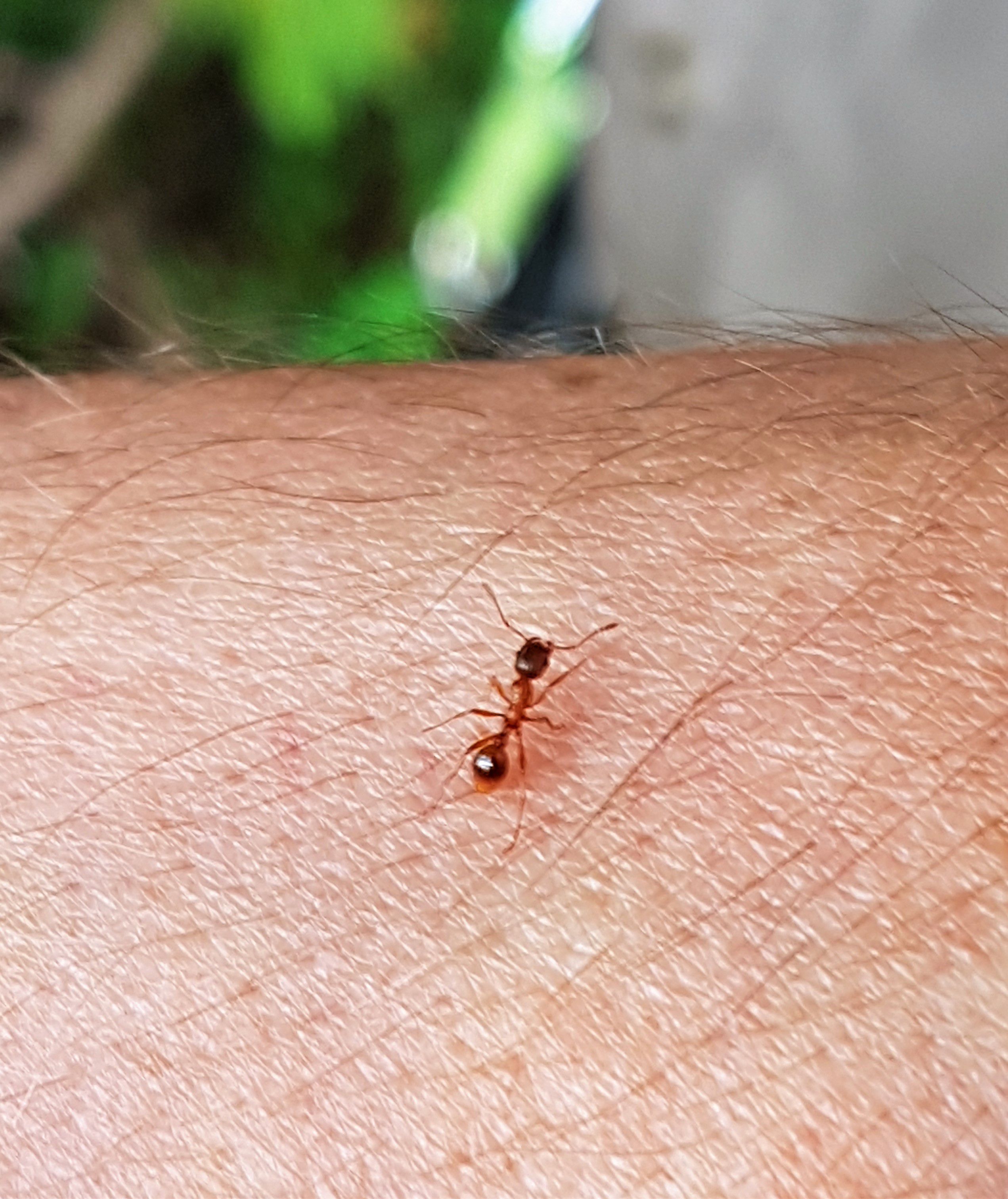PEST LIBRARY / ANTS / EUROPEAN FIRE ANT
European fire ants (Myrmica ruba Linnaeus) are an invasive species that were first discovered in Canada in the 1970s around Meaford, Ontario. It is not clear when or how they migrated to Canada, however here in Ontario they are on the rise, and problematic to homes, businesses, and especially schools, daycares, camps and parks.
Watch and listen what one of our pest experts from our Group of Companies has to say about European fire ants:
European fire ants are aggressive. When they feel threatened, they quickly react through biting and stinging their victims - people, pest, livestock and wildlife. The are known to overtake, kill or push out other ant species in areas where they have nested.
European fire ant colonies grow quickly to 150,000 to 300,000 ants depending on if they have a single queen or multiple queens. Queens can live up to 7 years. When colonies get too large, 'colony budding’ takes place which is when one or more European fire ant queens leave a colony to start a new one close by.
What do European fire ants look like? They are 4 to 5mm in length with red colouring and a darker coloured head and a stinger at the end of their abdomen. Their waist has 2 segments and on their thorax are 2 spines which point backwards. Queen European fire ants are slightly larger (6 mm) and can be distinguished by 2 sets of transparent wings.

European fire ants feed on living and decaying plant and animal matter. They forage and bring food back to the colonies to eat.

Their nests are hard to spot as they are not the traditional mounds that you see in the ground belonging to other ant species. European fire ant nests are commonly found in moist, shaded areas under wood debris and leaf litter, in and under decaying wood and in dry stumps (the ones perfect for sitting on by a campfire). Other nesting sites include lawns, raised garden beds and under rocks.

It does not take much to provoke these ants. In fact, just stepping or standing on their nest can set them off. People often do not know they are being swarmed by these ants until they have been bit or strung. European fire ant bites and stings have been compared to that of wasps & hornets and often leave painful welts. They can also cause allergic reactions, including anaphylactic shock, in some persons.
Signs of a European fire ant infestation are sighting adult ants, which typically happens after a nest has been disturbed and you’re under attack.
It’s important to deal with European fire ants before they become a huge issue through colony budding and take over your entire yard or property.
Preventing and minimizing European fire ants is the best approach for getting rid of them. This means taking steps to eliminate favourable habitat conditions. Here are things you can do around your home or business:

Do not attempt to deal with a European fire ant infestation yourself as you will only provoke these aggressive ants.
Seek help from a professional and licenced pest control expert with experience eliminating and controlling European fire ants.
NO RELIANCE ON PESTICIDE PRODUCTS - LEARN ABOUT OUR GREEN PEST MANAGEMENT SYSTEM